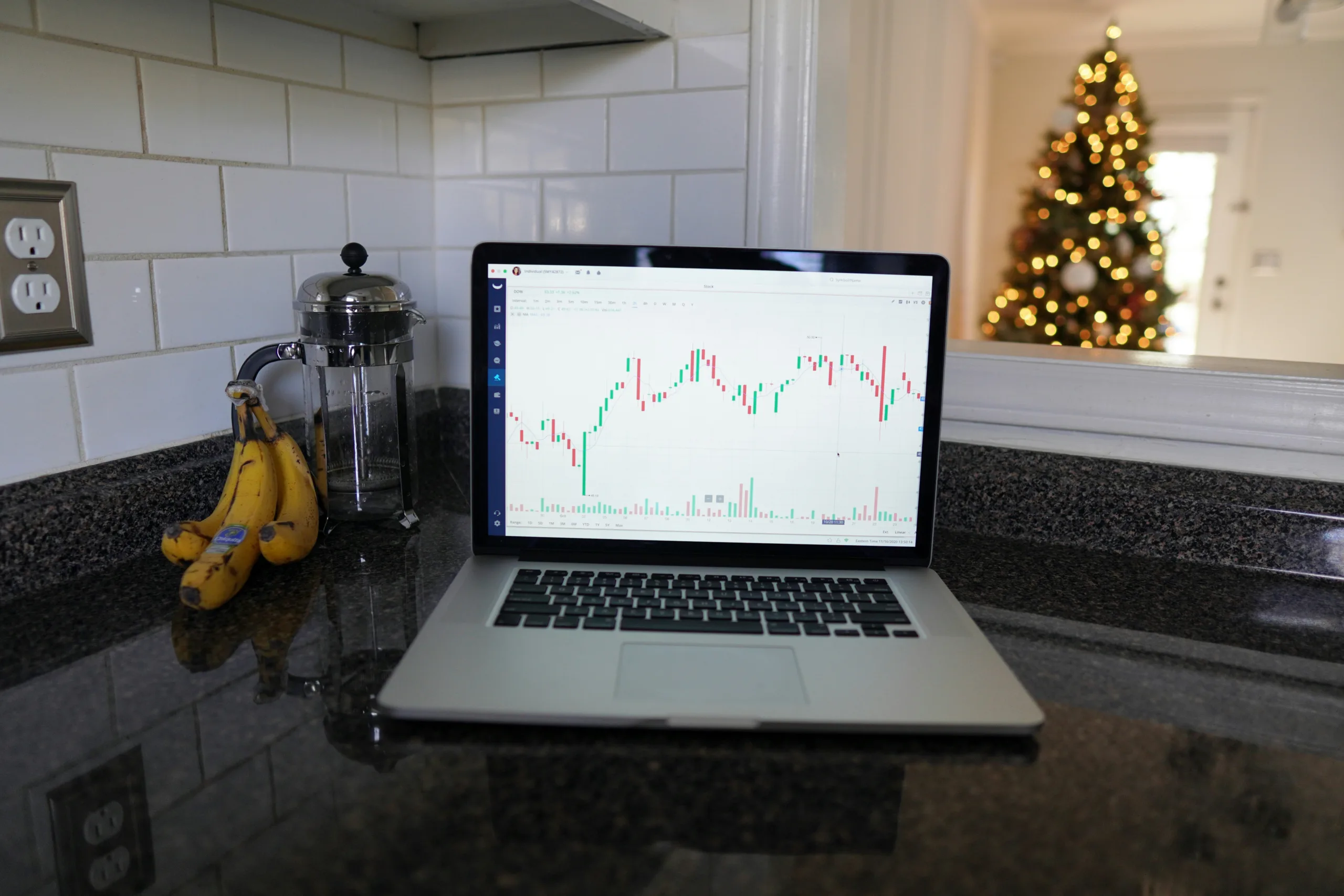You need a mix of savvy strategies to reveal the full potential of investment trusts. Start by spreading your investments across various sectors and regions, ensuring you’re not putting all your eggs in one basket.
Diversifying not only by location and industry but also by asset class equity, bonds, and real estate can shield you from market volatility. Don’t try to time the market; focus on long-term growth instead. Implementing risk management techniques like stop-loss orders and rebalancing your portfolio can protect your investments.
Also, reinvesting dividends powers up your growth through compounding. With these tips, you’re on track to maximize your investment trust’s growth, revealing deeper layers of strategy along the way.

Understanding Investment Trusts
Investment trusts are collective investment vehicles that let you pool your money with other investors to access a diverse range of assets. Unlike unit trusts or open-ended investment companies, they’re structured as companies listed on the stock exchange.
This means you’re buying shares in the company itself, not directly in the assets it holds. It’s an essential distinction that affects everything from pricing to potential returns.
Here’s the kicker: because they’re closed-ended, the number of shares in an investment trust is fixed. This can work to your advantage. Without the constant pressure to liquidate assets to meet redemptions, managers can take a longer-term view, potentially leading to higher returns.
They can also borrow money to invest, known as ‘gearing’, amplifying gains during good times. Of course, it’s a double-edged sword – gearing can increase losses, too.
Diversification Strategies
Having explored the unique structure of investment trusts, let’s focus on how diversification strategies can enhance your portfolio’s growth potential.
Firstly, you should spread your investments across various sectors and geographical regions. Investment trusts offer various options, from technology firms in Silicon Valley to manufacturing companies in emerging markets. This spread helps mitigate the risks associated with any single industry or country.
Next, consider the blend of asset classes within your portfolio. Investment trusts aren’t just about equities; they can include bonds, real estate, and commodities. Balancing your holdings between these can safeguard against market volatility, as different asset classes react differently to economic changes.
It’s also wise to diversify by investment style. While some trusts are growth-oriented, focusing on companies with robust expansion potential, others are geared towards income investing for the long term, opting for entities with consistent, dependable dividends.
Having a mix ensures you’re not overly reliant on one approach, which might underperform in certain market conditions.
Risk Management Techniques
While diversifying your portfolio is essential, it’s equally important to implement risk management techniques to protect your investments further. One effective approach is setting stop-loss orders.
These orders automatically sell a security when they reach a certain price, helping you cut losses before they grow too large. It’s a proactive way to limit potential downside without constantly monitoring the market.
Another technique involves regularly reviewing and rebalancing your portfolio. Market fluctuations can shift the weight of your investments, causing some to become overrepresented.
Utilizing dollar-cost averaging is also a wise strategy. Instead of a lump sum, you invest smaller, fixed amounts at regular intervals. This can reduce the impact of volatility on your investment, as you’re buying more shares when prices are low and fewer when they’re high, which can smooth out the average cost per share over time.
These risk management techniques can bolster your investment trust strategy, safeguarding your portfolio from unexpected market shifts.
Timing the Market
Attempting to time the market can be a high-risk strategy that often leads to missed opportunities for long-term growth. You might think you can predict market highs and lows, but this approach is fraught with challenges.
The market’s volatility means it’s nearly impossible to make accurate predictions consistently. Instead of focusing on short-term fluctuations, you’re better off adopting a long-term perspective.
Remember, the market tends to reward patience. By staying invested through various market cycles, you expose yourself to potential growth opportunities that come with time.
It’s not about timing the market, but time in the market that often yields the best results. Jumping in and out based on predictions or market noise can’t only disrupt your investment strategy but also result in significant transaction costs and tax implications.
Reinvesting Dividends
One powerful strategy to enhance your portfolio’s growth is reinvesting dividends, turning the earnings from your investments back into more shares. This approach capitalizes on the power of compounding, allowing your wealth to grow exponentially over time. When you reinvest dividends, you’re using your investment’s earnings to buy more of the same investment, increasing your stake without dipping into your pocket.
Think of it as planting a seed from the fruit of a tree you already own. Over time, these seeds grow into more trees, producing even more fruit. It’s a cycle that feeds on itself, growing your investment forest steadily.
Most investment trusts offer a dividend reinvestment plan (DRIP), which automates this process for you. Opting into a DRIP means your dividends are automatically used to purchase additional shares or units of the trust, often at no additional cost.
This can be especially beneficial during market dips, where your dividends buy more shares, setting you up for greater gains when the market recovers.
Conclusion
So, as you set sail in the vast ocean of investment trusts, remember, that it’s not just about having a sturdy ship but knowing when to steer the course.
Diversifying your portfolio is like spreading a wide net, ensuring you don’t miss any bounty the sea offers.
And reinvesting dividends? That’s your way of allowing the smallest fish to grow bigger, contributing to a cycle of wealth.
With these strategies, you’re not just drifting but progressing towards a growth horizon.
Let’s make your financial journey a prosperous voyage.